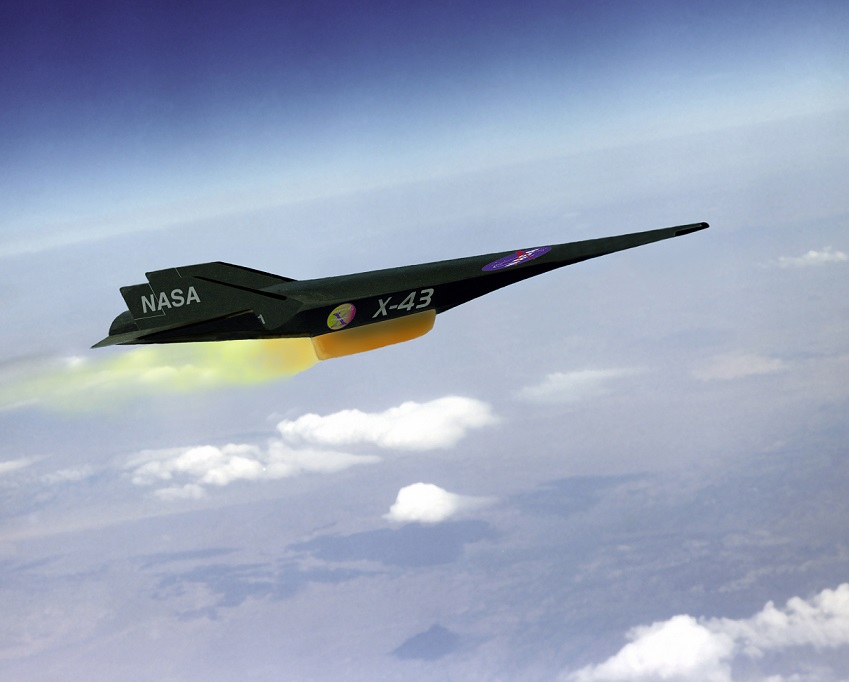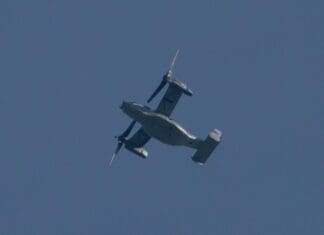This post is also available in:
 עברית (Hebrew)
עברית (Hebrew)
While the U.S. and other states are racing to deploy hypersonic technologies, it remains uncertain how useful the systems will be against urgent, mobile or evolving threats. Sandia National Laboratories announced a proposal to add autonomous navigation to hypersonic vehicles.
Hypersonics, the broad term for anything moving through air at Mach 5, or five times the speed of sound, has been a field about established trajectory, about enduring and returning and landing where intended from launch.
Hypersonics themselves are hardly new technology. The latest initiative, then, is less about the physics of hypersonic flight, and more about the software guiding flight decisions at hypersonic speeds.
“At extreme speeds, the flight is incredibly challenging to plan for and program,” said Alex Roesler, a senior manager at Sandia. He leads a new academic institutes coalition that the Lab is spearheading, called Autonomy New Mexico, focused on AI for aerospace systems.
Sandia Labs is looking to AI as a way around the difficulty of planning hypersonic flight in advance of launch.
As envisioned, the artificial intelligence aboard a hypersonic vehicle tackles the complex problems of superfast navigation and offers options to human controllers, who remain in the loop.
“In theory, artificial intelligence could generate a hypersonic flight plan in minutes for human review and approval, and in milliseconds a semi-autonomous vehicle could self-correct in flight to compensate for unexpected flight conditions or a change in the target’s location,” a Sandia Labs release read. “A human monitoring the flight could regain control by turning off the course-correcting function at any time.”
As with all autonomous systems, hypersonic autonomy will require a robust combination of sensors and onboard processing. Incorporating meaningful communication between a human controller and the hypersonic vehicle is not impossible, but it is largely a task that risks being subsumed by autonomy”, according to c4isrnet.com.
Sandia Laboratories support numerous federal, state, and local government agencies, companies, and organizations in the US.

























